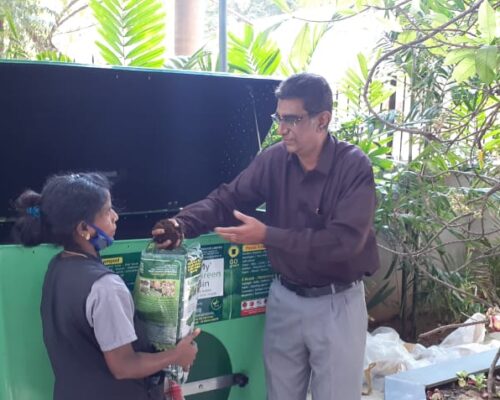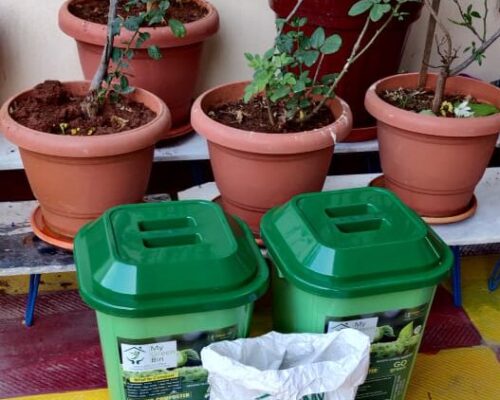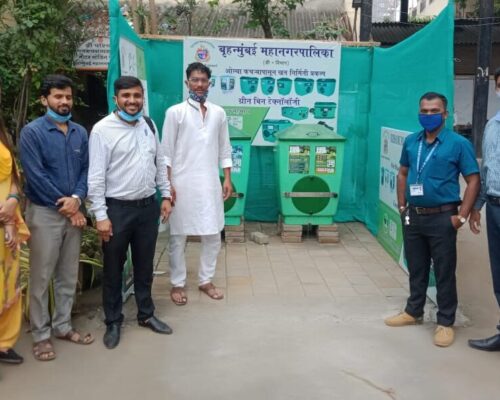The compost bin is used to convert the solid food waste into useful organic compost.
Overview
Pyrolysis is a thermochemical treatment, which can be applied to any organic (carbon-based) product. It can be done on pure products as well as mixtures. In this treatment, material is exposed to high temperature, and in the absence of oxygen goes through chemical and physical separation into different molecules
How It Works?!
During the pyrolysis, a particle of material is heated up from the ambient to defined temperature The material remains inside the pyrolysis unit and is transported by screw conveyor at defined speed, until the completion of the process. Chosen temperature of pyrolysis defines the composition and yields of products (pyrolysis oil, syngas and char).
Factors Affecting Pyrolysis Process
Treated material composition – each of the major constituents of biomass and waste feature different temperatures of thermal decomposition, which means they contribute to the results of process in different way. Due to high diversity of material compositions it is always recommended to perform a pilot tests to forecast the pyrolysis process performance in most accurate way.
Temperature of process – has a major influence to the treatment results. Higher temperatures of pyrolysis provide greater quantity of non-condensable gases (syngas, synthetic gas), while lower temperatures favour the production of high quality solid product (charcoal, bio-coal, torrefied fuels). Temperature is a factor fully controllable in process thanks to electrically heated screw conveyor that allows precise setup of treatment conditions.
Residence time of material in the pyrolysis chamber – influences the degree of thermal conversion of received solid product as well as the residence time of the vapour, which influences the composition of vapours (condensable / non-condensable phase). Residence time can be precisely controlled in process by changing the rotation speed of screw conveyor transporting material along the reactor.
Particle size and physical structure – influences the speed in which material is subjected to pyrolysis. In general, lower particle size materials are quicker affected by the thermal decomposition, which can result in greater quantities of pyrolysis oil than in case of larger particle size.
Why Us!
Greenrich Group is committed to helping its clients reach their goals, to personalizing their experiences, to providing a sustainable environment, and to making a difference
Our strong sense of identification with client projects means that we are constantly striving to provide solutions, even for issues they aren’t yet aware of. To this end, we adopt a progressive approach to right technology and marketing techniques.
Key Benefits
- It is a simple, inexpensive technology for processing a wide variety of feedstocks.
- Toxic components and pathogens are degraded by the use of high temperatures.
- It reduces waste going to landfill and greenhouse gas emissions.
- It reduces the risk of water pollution.
- There is a reduction in water volume due to the high operating temperature.
- By using the produced gases as fuel one is able to limit the supply of external fuel.
- Waste management with the help of modern pyrolysis technology is inexpensive than disposal to landfills.






